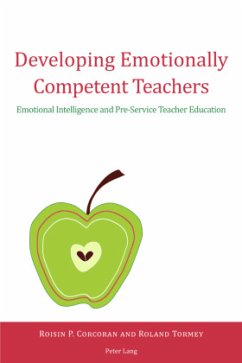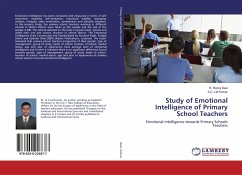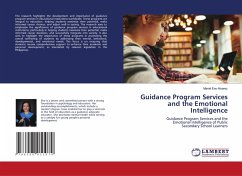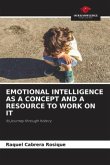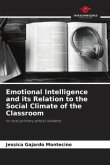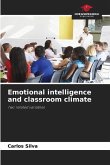Classrooms are emotional places, filled at different times with enjoyment, excitement, anger, hurt and boredom. The teacher's skill in working with emotional information and in regulating their own and their pupils' emotion impacts upon what and how pupils learn. But what emotional competence do teachers need? Can they learn this in pre-service teacher education? And should this kind of ability even be categorised as emotional skill, competence or intelligence? Given recent policy initiatives in this area, these questions have become increasingly pressing.
This book focuses on how pre-service student teachers develop the competence to work in and with the emotionally rich life of the classroom. Building on the concept of emotional intelligence, it examines the skills used by student teachers in perceiving and regulating emotions, generating particular emotional states to facilitate particular types of thinking, and understanding the processes of emotional change in their classroom. Drawing on both qualitative and quantitative data, it explores what pre-service teachers can be seen to have learned through an emotional competence training programme and how this impacted upon their teaching.
This book focuses on how pre-service student teachers develop the competence to work in and with the emotionally rich life of the classroom. Building on the concept of emotional intelligence, it examines the skills used by student teachers in perceiving and regulating emotions, generating particular emotional states to facilitate particular types of thinking, and understanding the processes of emotional change in their classroom. Drawing on both qualitative and quantitative data, it explores what pre-service teachers can be seen to have learned through an emotional competence training programme and how this impacted upon their teaching.

